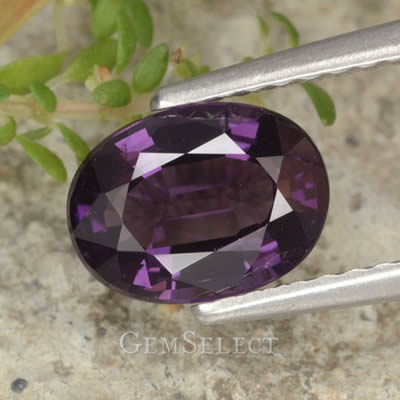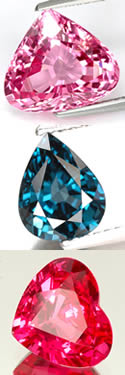History of Spinel Gemstones

Introduction to Spinel
Spinel has a rich and fascinating history that spans centuries and cultures. Often mistaken for more valuable gemstones such as ruby or sapphire, spinel has emerged from the shadows to gain recognition for its unique beauty and vibrant colors. You might find it interesting that this gem has been around for so long, yet only recently got the spotlight it deserves. For in-depth details, explore our comprehensive guide on spinel gemstone properties.
Etymology and Historical Names
The origin of the name "spinel" is unclear, though it is believed to come from the Latin word spina, which means 'little thorn'. This could refer to the sharp points on some spinel crystals. Alternatively spelled 'spynel', 'spinell', 'spinal', 'espinal', and 'spinelle', this gem appears in literature from the sixteenth century onward.
However, even earlier in medieval times, spinel went by other names, particularly 'balas ruby' or 'lal', the Persian word for balas ruby. This term traces back to an ancient name for Badakhshan, a province in Northern Afghanistan known for its rubies and spinel mines.
The Ancient Mines of Badakhshan

The Badakhshan mines held great importance from as early as 1000 to 1900 AD. These sites produced some of the world's finest gems, often confused with rubies due to their similar appearance.
Marco Polo's Insights
One of the earliest references to these mines comes from the diary of Marco Polo (1254 - 1324 AD). He described Badakhshan as a province with its own language and hereditary royalty. Polo noted: "It is in this province that those fine and valuable gems the Balas Rubies are found... The stones are dug on the king's account, and no one else dares dig in that mountain on pain of forfeiture of life as well as goods; nor may one carry the stones out of the kingdom. But the king amasses them all, and sends them to other kings when he has tribute to render, or when he desires to offer a friendly present; and such only as he pleases he causes to be sold. Thus he acts in order to keep the Balas at a high value."
This account suggests that many early rubies and red spinels in global collections originated from Badakhshan.
Famous Spinel Gems in History
Some of the most renowned stones, long thought to be rubies, are actually spinel from this region. Two notable examples in the British Crown Jewels are the Black Prince's Ruby and the Timur Ruby, each with long and intriguing histories. Dive deeper into exceptional and rare spinel varieties that have captivated collectors.

Scientific Recognition in the 19th Century
It wasn't until the nineteenth century that the structures of spinel's many natural forms were fully understood. This period also highlighted the gem's impressive range of colors and clarity, rivaling those of rubies.
Magnetic Properties and Navigation
Beyond its visual appeal, certain spinel varieties have played key roles in history due to unique attributes. Magnetite, part of the spinel group, shows magnetic properties that make it one of the most important minerals discovered.
As far back as the 11th century, sailors used a type of spinel called lodestone—meaning 'way stone'—to magnetize compasses and guide ships across oceans. This innovation also sparked the beginning of map-making, as navigators recorded routes and created early world maps. Pretty neat how a gemstone helped shape exploration, right?
Frequently Asked Questions
What is the origin of the name "spinel"?
The name likely comes from the Latin word "spina," meaning "little thorn," referring to the sharp points on some crystals.
Why was spinel often mistaken for ruby?
Spinel shares similar vibrant red colors and was mined in the same regions as rubies, leading to confusion before modern gemology.
Where were the famous spinel mines located?
The most notable mines were in Badakhshan, a province in Northern Afghanistan, active from around 1000 to 1900 AD.
What are some famous spinel gems?
Examples include the Black Prince's Ruby and the Timur Ruby, both part of the British Crown Jewels, originally thought to be rubies.
How did spinel contribute to navigation?
Magnetite, a spinel variety known as lodestone, was used to magnetize compasses starting in the 11th century, aiding sea voyages and map creation.

